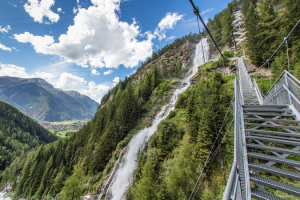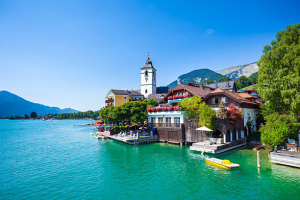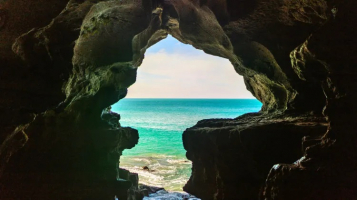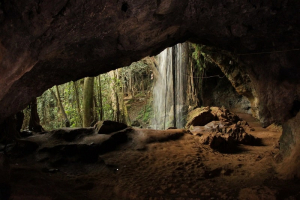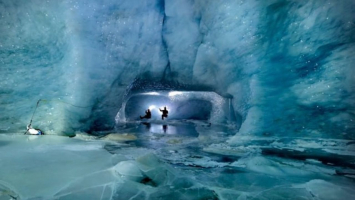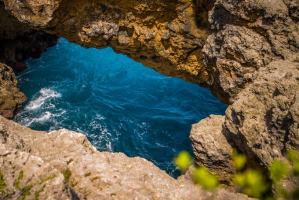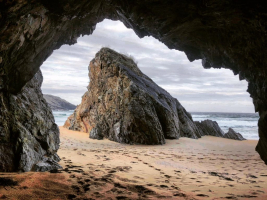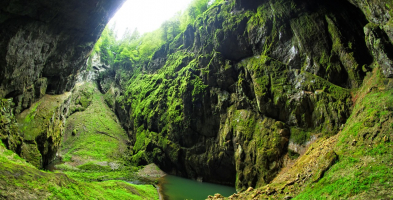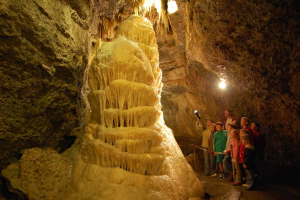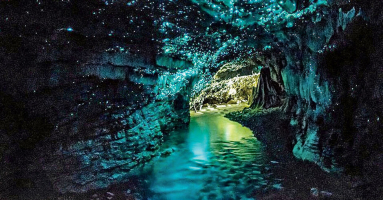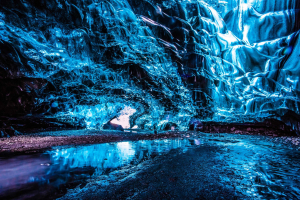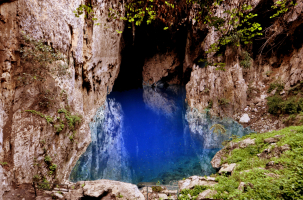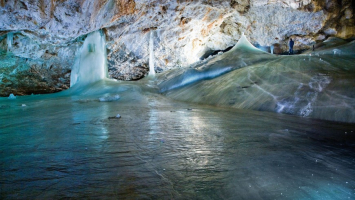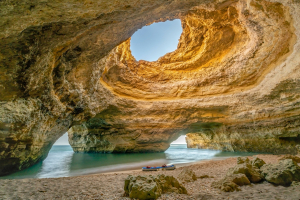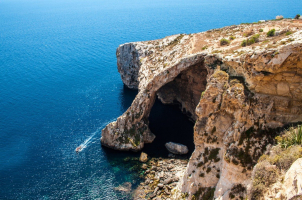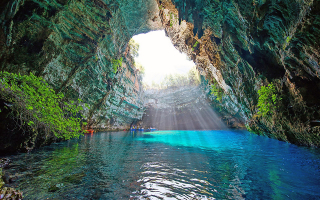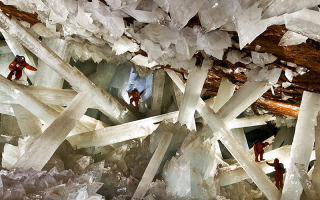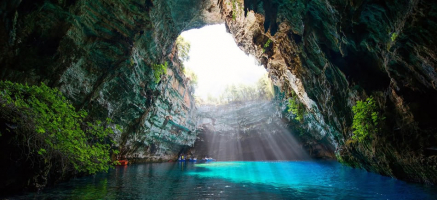Top 4 Most Beautiful Caves in Austria
Many spectacular caves and grottos are hidden deep within the mountains, where visitors can marvel at stalagmites, stalactites, ice formations, crevasses large ... read more...enough to walk through, underground lakes, and marble polished over millions of years by rushing water. Here is the list 4 best beautiful caves in Austria.
-
The Eisriesenwelt near Werfen is the world's largest ice cave, stretching more than 42 kilometers into the mountain is also one of the most beautiful caves in Austria. The first segment, which is roughly a kilometer long and open to the public, contains magnificent ice formations. Because the cave is a protected natural monument, it has been developed with extreme caution in order to conserve its unique natural beauty and habitat.
You enter a fascinating realm of ice by stepping through the enormous cave entrance, which is 20 meters wide and 18 meters high. Aside from its massive size, the cave is known for its crystalline ice palaces. In the light of the traditional mine lamps, which are distributed to guests, monumental formations gleam to magnificent effect. Winding passages and galleries with names like "Diamond Realm" lead you deeper into the mountain.
Only guided trips are available from May to October to view the Ice Caves. The cave's scientific information and historical elements are included in these 75-minute trips. You will find yourself immersed in what is effectively a parallel world of ice, especially on hot summer days. In addition, on clear days, you will be able to stand at the cave entrance and gaze out at a breathtaking mountain vista.
Location: Werfen, Austria
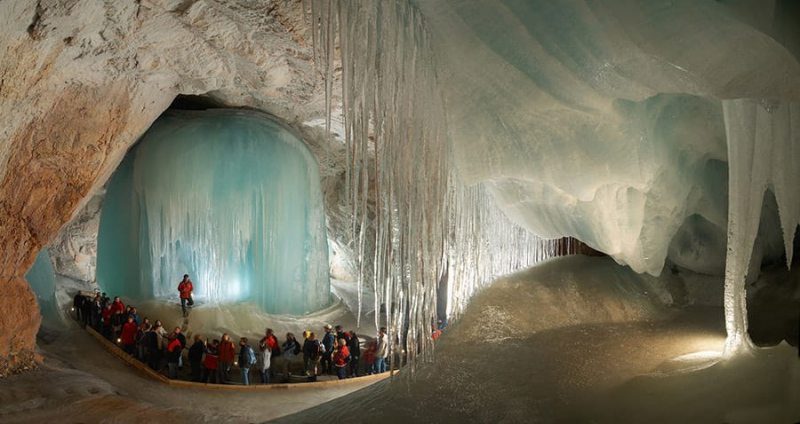
Photo: roadaffair 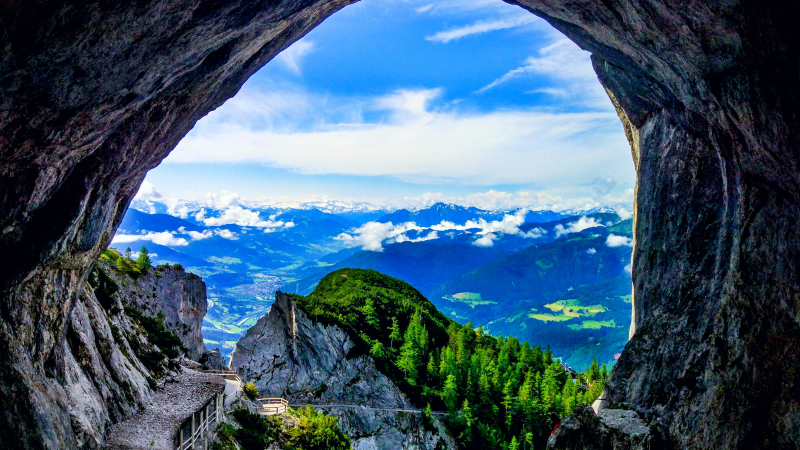
Photo: planetofhotels -
Lamprecht's Cave in St. Martin near Lofer is one of Europe's largest cave systems, with a total length of 56 kilometers. Now, it is considered one of the most beautiful caves in Austria. Lamprecht's Cave has been the world's longest tunnel cave since 1993, when Polish speleologists uncovered another cave entrance at a height of 2,178 meters.
Visitors can explore about 700 meters of Lamprecht's Cave in the well-developed exhibition cave area, which includes well-accessible climbing facilities. The recreational speleologist crosses a height difference of 70 m on 392 steps, which will boost your heart rate a little, and after you have reached the platform, you can experience the amazing view into the depths of the cave.
The Chancellor's Cave has a lattice fence in the middle of the display cave that separates the show cave from the explorer's section.Location: St. Martin, Austria
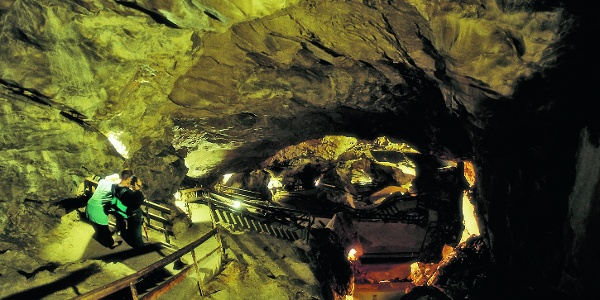
Photo: outdooractive 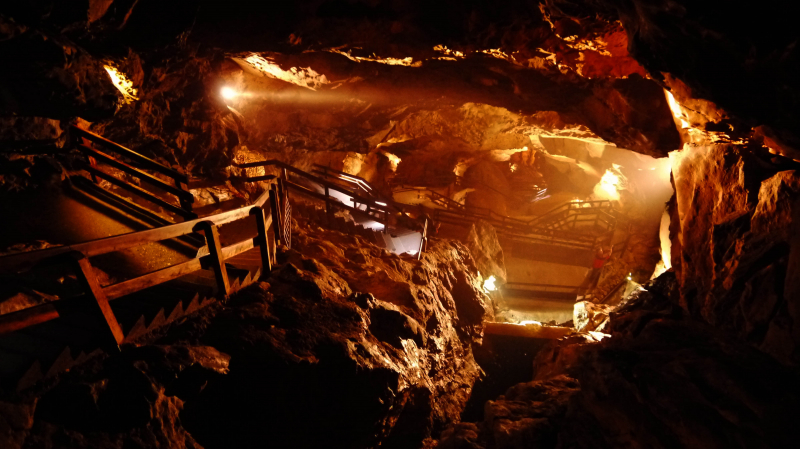
Photo: commons.wikimedia.org -
The Lieglloch is a strange cave located above the Bad Mitterndorfer valley, where Stone Age antiquities, including bear bones, have been discovered. Today, travelers flock to this location for the spectacular views of the Grimming and Kulm.
This 15 m wide and 10 m deep cave is thought to have formerly served as a refuge, a hunting shelter, and a place of cult devotion. Today, travelers flock to the famed "Lieglloch" for the spectacular views of the towering Grimming and the world's largest natural ski jump, the "Kulm."You can see the entrance to the Lieglloch from afar if you stand in a favorable location near the village of Tauplitz in the valley. Man was in the cave fairly early, possibly hunting for cave bears, because of the cave's good accessibility and visibility. Since 1926, a slew of excavations have unearthed priceless artifacts (two fireplaces, stone tools, bone needle, a bone flute with two holes, medieval double-headed pendant, etc.). In the interwar period, farmers retrieved other cave contents and employed them as fertilizer.
The cave is only accessible up to the first level. A horizontal tunnel, sometimes erect, sometimes bowed, can be followed for about 50 meters.
Location: Styria, Austria
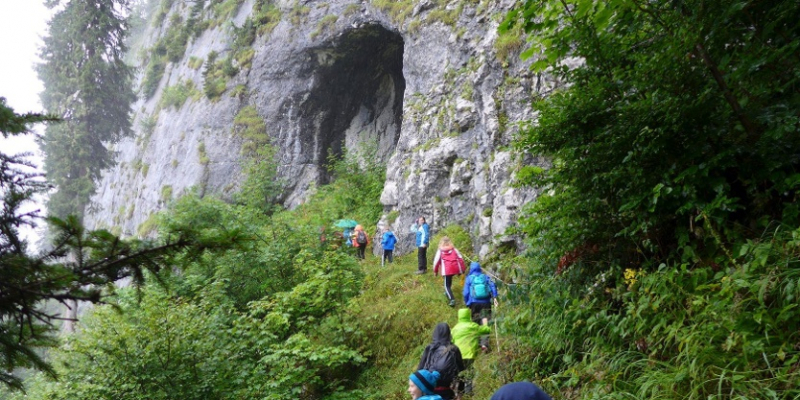
Phôt: outdooractive 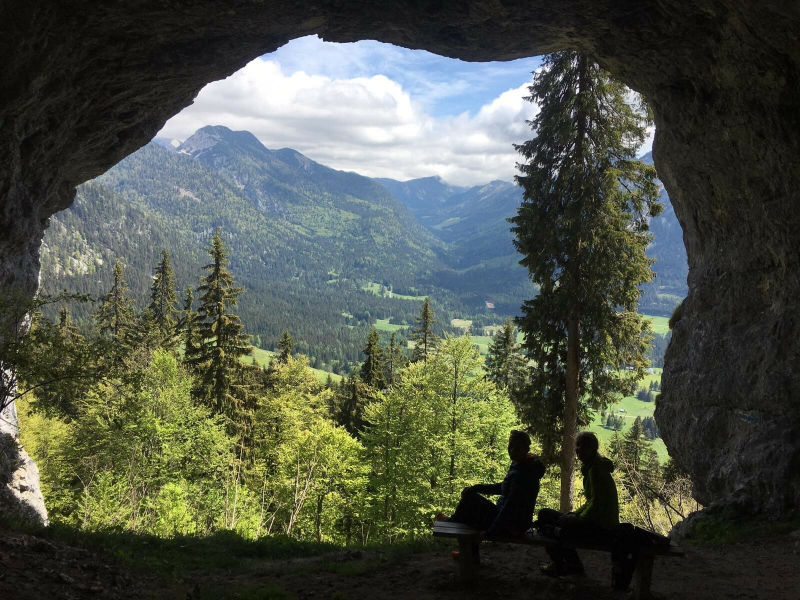
Photo: steiermark -
In the Austrian state of Styria, the Salzofen cave is an archaeological site. It's about sixty meters below the top, in the municipality of Grundlsee, at a height of around 2,000 meters (6,600 feet). Fireplaces, stone tools, and bone tools dating from 65000 to 31000 BCE have been discovered throughout the Neolithic and Middle Paleolithic periods.
Two hunters discovered many fossilized bones in the cave's entrance region in 1924 while seeking refuge from a storm. They gave them up to Otto Körber, a Bad Aussee school principal. The next day, Körber arrived at the location and immediately began digging, progressing over 100 meters (330 feet) until summer, unearthing vast quantities of bone fossils. He quickly determined that the majority of the faunas remnants were from an interglacial period. The majority of the bones belonged to cave bears, and Körber was able to piece together an entire cave skeleton using his discoveries. He uncovered bone remains of the wolf, marten, Alpine ibex, and a whole wolverine skeleton in deeper and older levels. In 1934, Körber discovered the first and only artifact manufactured by prehistoric humans, a horn scraper, despite numerous charcoal fragments and burnt bones leading him to believe he had discovered one of Europe's most elevated Paleo-human occupancy sites. Under the direction of Kurt Ehrenberg, excavations were performed from 1939 to 1949, 1948 to 1953, and 1956 to 1964. He discovered odd arrangements of bear skulls, as well as assemblages of tools and artifacts that could only be attributed to human action.Location: Styria, Austria
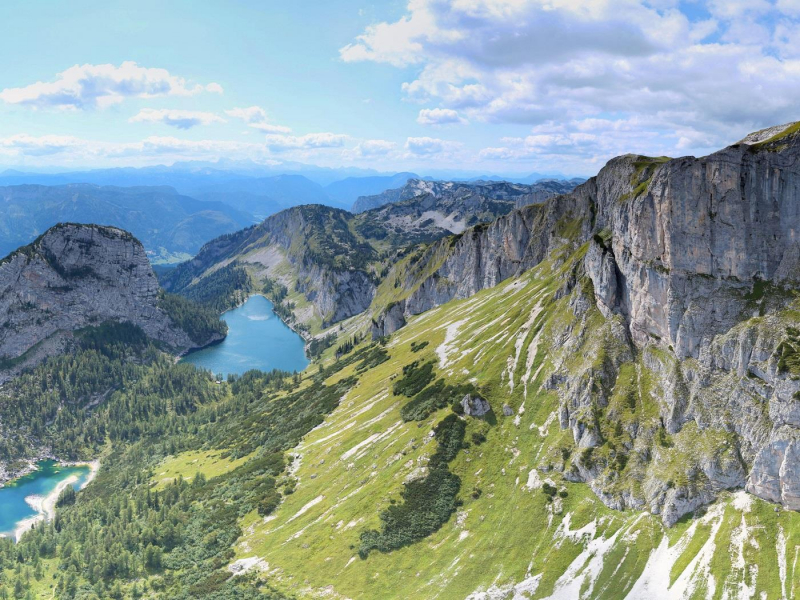
Photo: ausseerland.salzkammergut.at 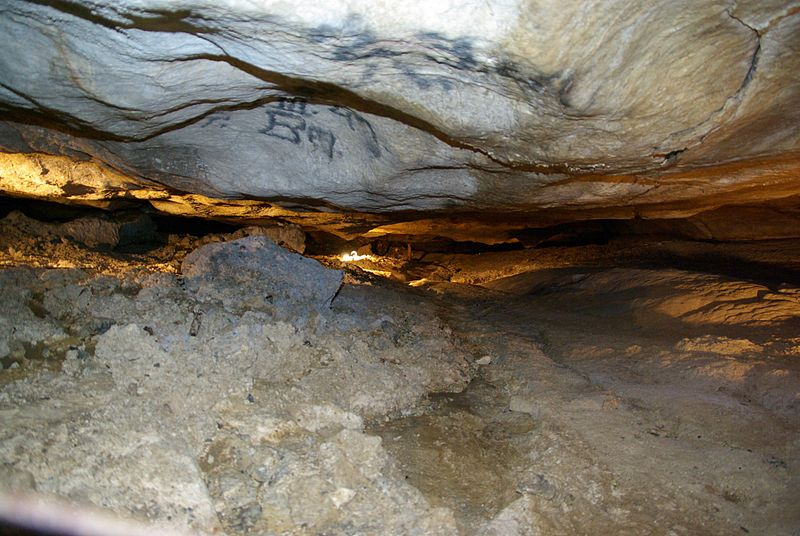
Photo: touristlink






